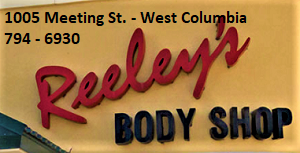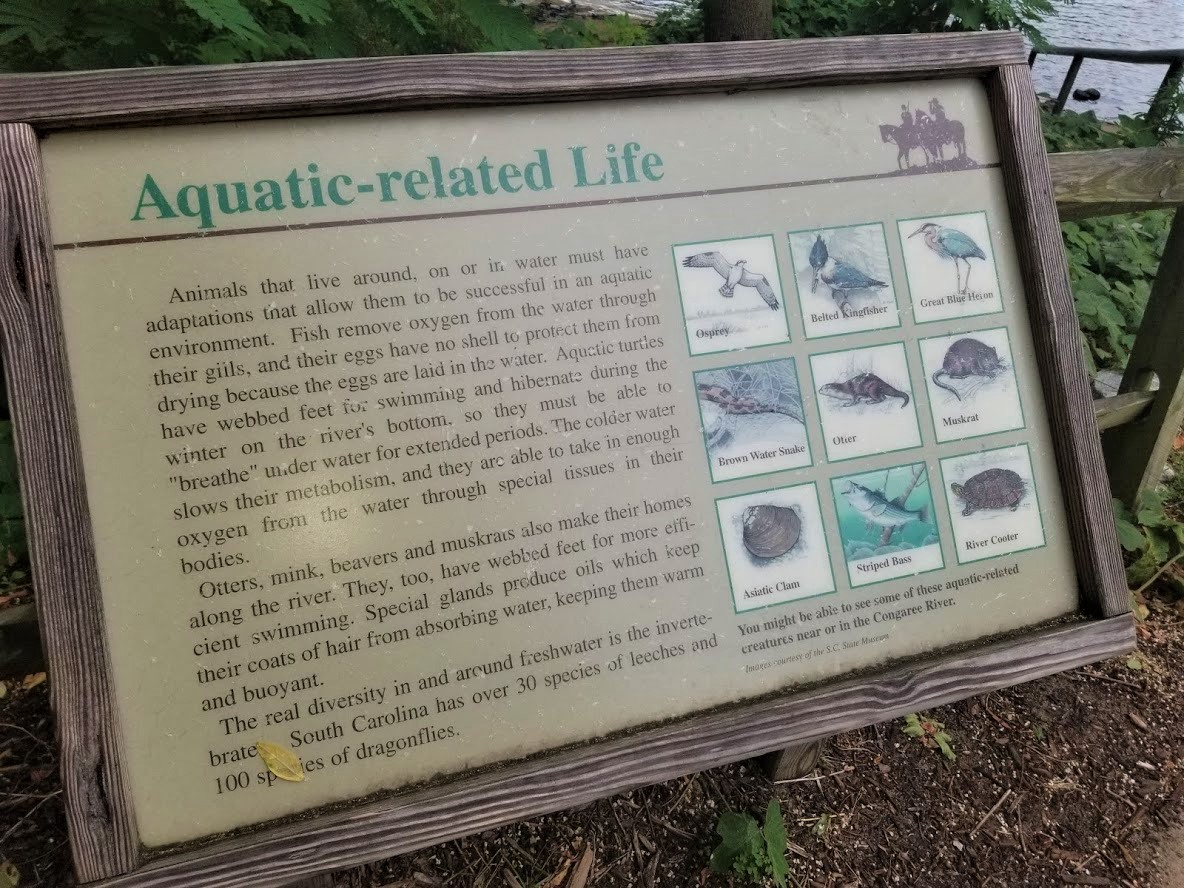
West Columbia Riverwalk, an outdoor museum, with the appeal of nature

With the warm summer breezes, West Columbia’s Riverwalk becomes even more of a focal point for water recreation, music and good times. But that’s not all Riverwalk offers.
Set in a perfect hue of green, nature comes alive on the trail by the rushing water of the Congaree.
Turtles, muskrats, otters, and brown water snakes live on the river. Birds on the Congaree include osprey, owl, kingfisher, and heron.
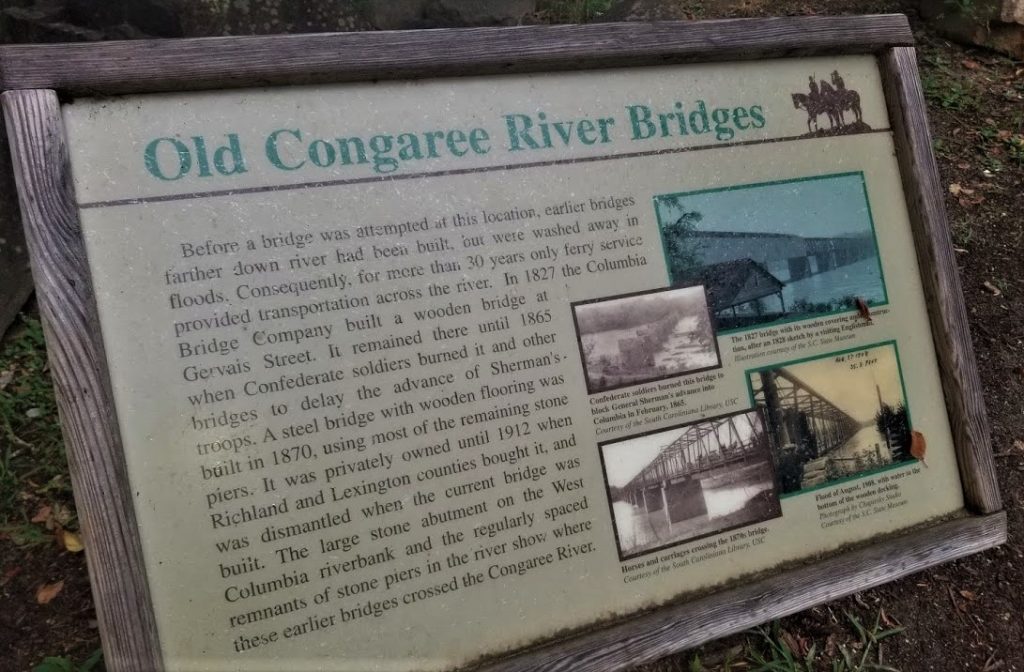
There are striped bass and bream. And the river is one of the most southerly locales cold enough for rainbow trout. Water, at a depth of 170 feet, flows from the Lake Murray Dam. So even on those hot South Carolina summer days, the river water is cool, along with the breeze that blows across it.
West Columbia City Councilman Tem Miles, who is also mayor pro-tem, represents the district that contains Riverwalk.
“Riverwalk is the crown jewel of West Columbia,” said Miles. “It’s a beautiful setting, especially in the warmer months. It has something that draws you to it.”
In addition to its organic appeal, the path at the confluence of the Saluda and Broad Rivers, that forms the Congraree, has its share of manmade structures. Most magnificent is the Gervais Street Bridge.
The 1,415-foot-long concrete bridge opened in 1927. It was state-of-the-art when it was finished. There is a sign on Riverwalk giving the details of its significance.

Another Riverwalk sign, entitled “Old Congaree River Bridges” details the history of all of the bridges over the river at that location. In 1827, a wooden bridge stood at the site. It was burned by Confederate soldiers in 1865 in an effort to thwart advancing Union troops marching on Columbia. A bridge of steel and wood was constructed in 1870. It stood until the current bridge was opened. The gigantic stone abutment from that 1870 bridge is visible and serves as a glimpse into the past.
The rare nature of the trail does not go unnoticed.
“There is nothing like Riverwalk,” said West Columbia Mayor Bobby Horton. “It has it all. Natural beauty and a rich history. We are extremely fortunate to have such a resource. And it has been to our advantage as a city to provide such available access to the river. We are very proud of the attraction. It has been transformative for West Columbia.”
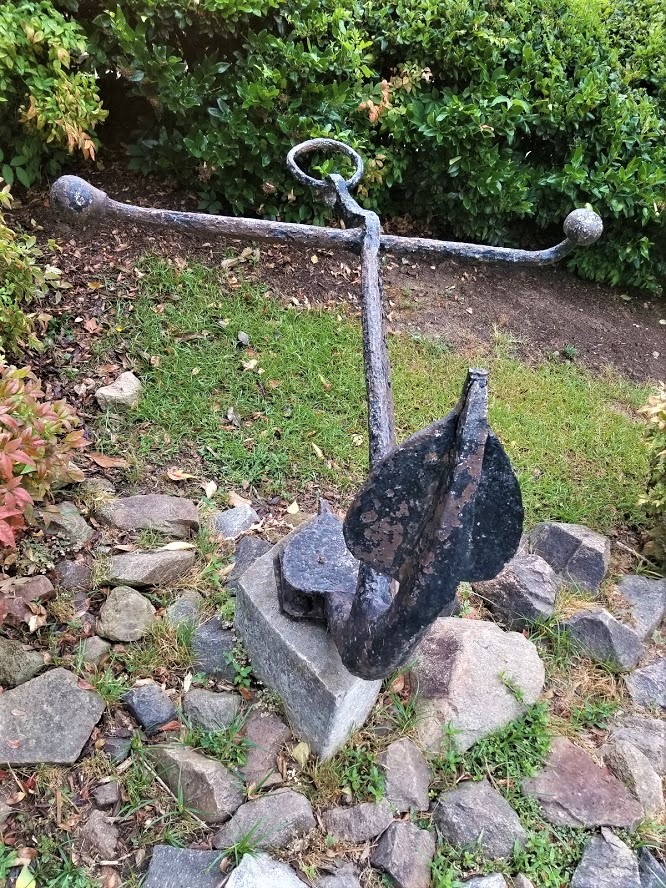
Another feature of Riverwalk is the anchor from the City of Columbia along with two cannon balls that were retrieved from the river. A marker also recalls the S.S. Columbia. It was built in 1905 and left in the river to decay a decade or so later. A portion of its frame is visible when the river is low.
Another reminder of the river’s history are the milestones, the predecessor to the mile markers that now line modern interstates. The stone markers bear a number, and line the trail. They informed walkers and horse-powered travelers of the distance between Charleston and the South Carolina Upcountry. The mile stones were placed at quarter mile intervals.
A feature that has ties to the past – and it’s functional now on the Riverwalk – is the River Inn building. It is fashioned after a 1740s structure that would have been placed near a ferry crossing. Today the replica inn houses the Riverwalk rest rooms.
There are many more sights to experience on the West Columbia Riverwalk. It is a unique attraction that presents a new feature with each visit. You are doing yourself a favor to get out and get the feel of Riverwalk first-hand.
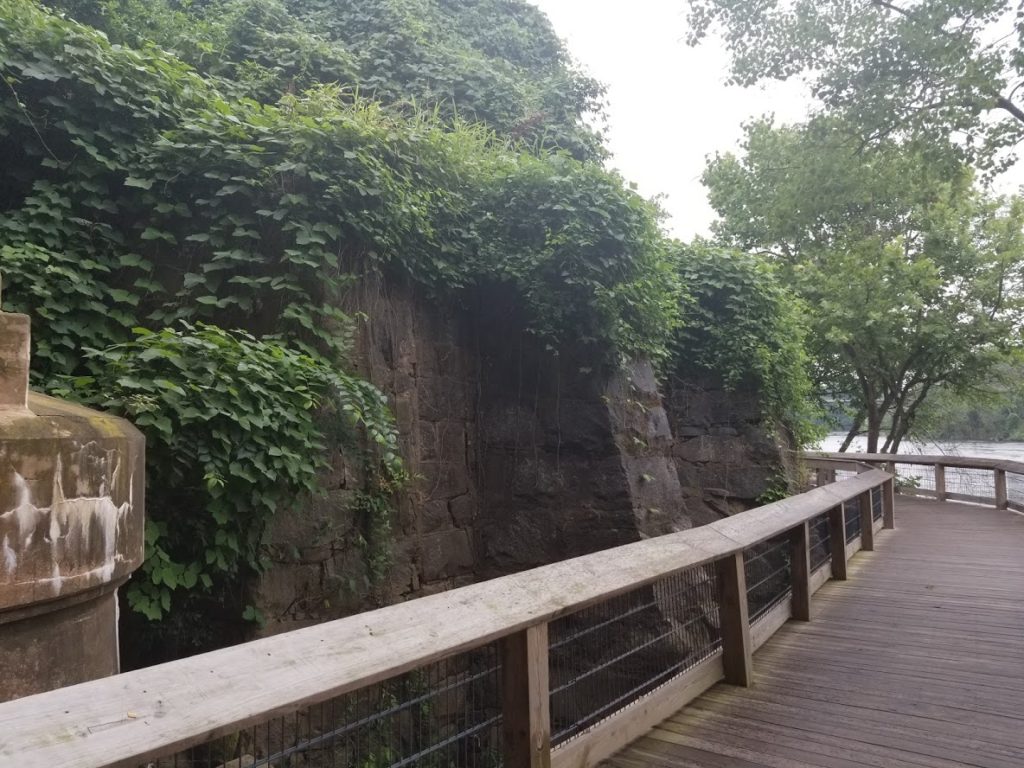
Old bridge abutment 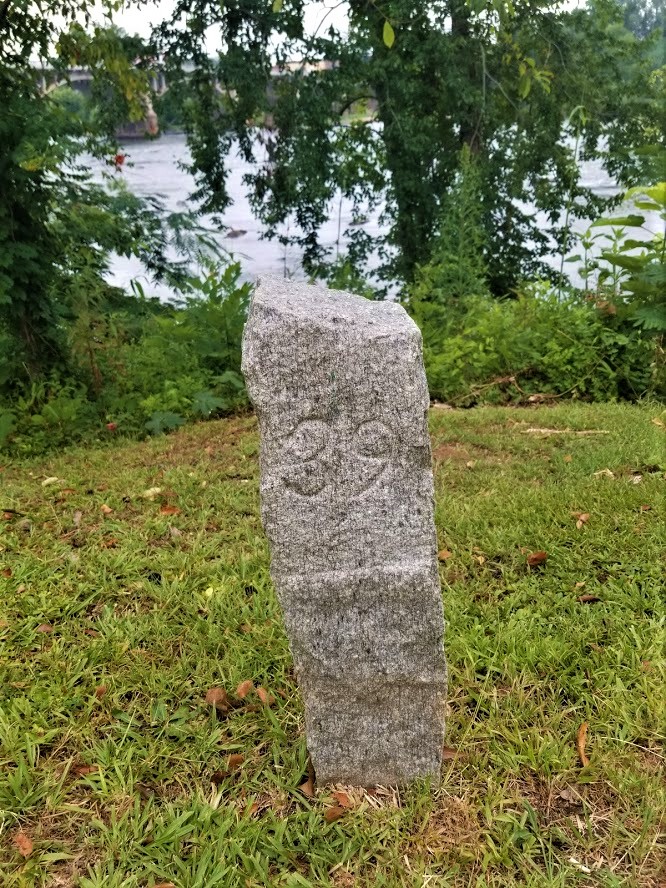
Mile stone 
Bridge history 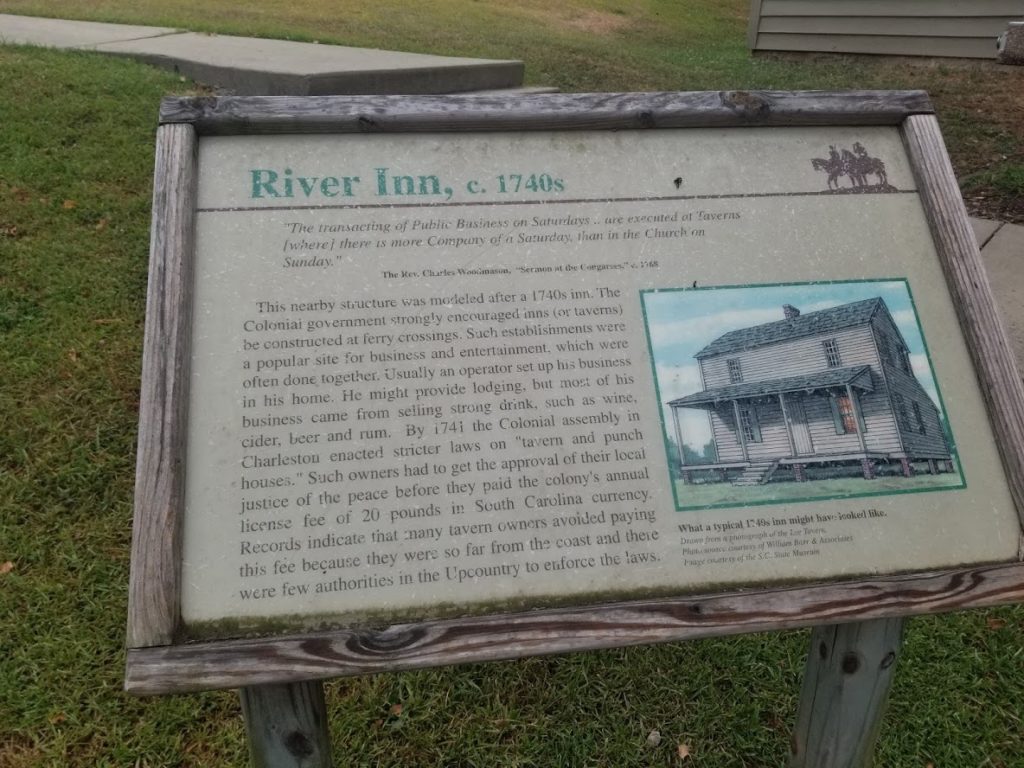
Rive Inn history 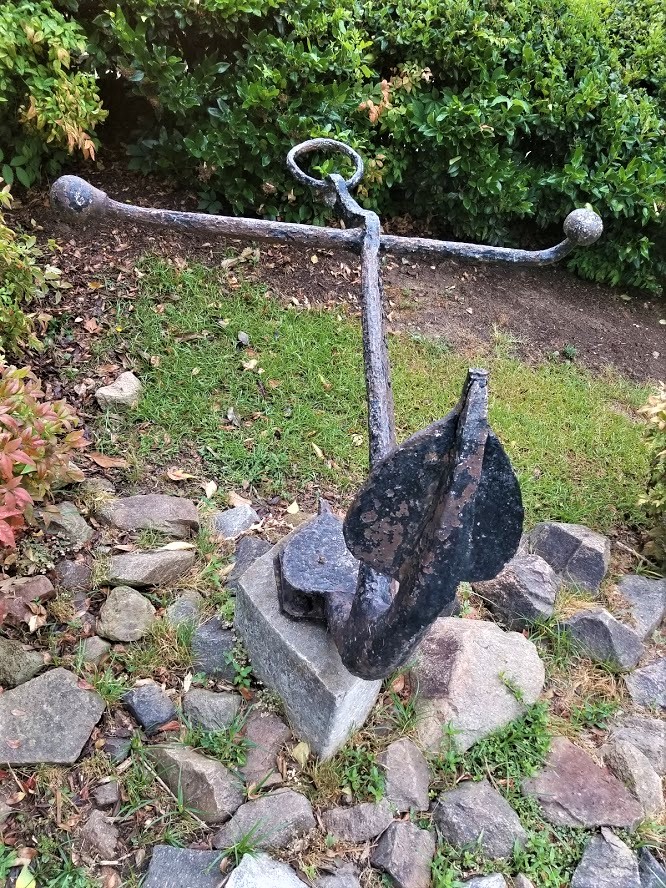
Anchor 
Inn replica – 1740s. 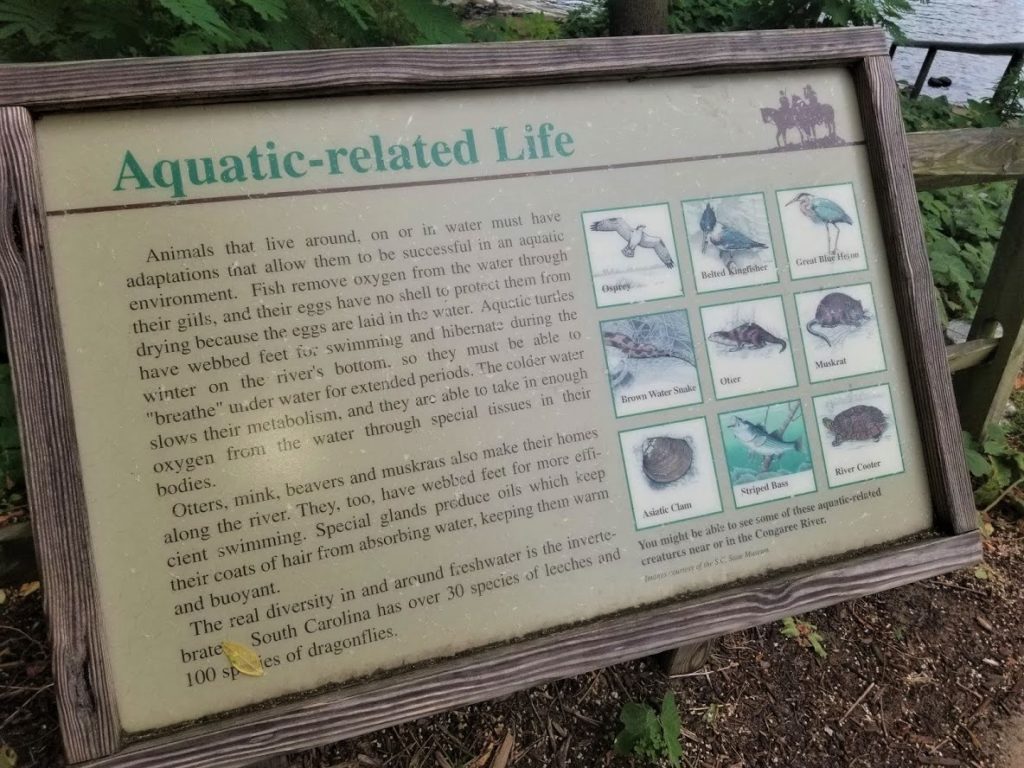
Wildlife of the river







